The starting point from which I will analyze the movie Life of Pi (and I think in the interview in its entirety) is the look, and not only in relation to life (especially) to death. The way each one understands this movie will talk about who we are, how we were educated and how we filter reality from our subjective eyes, like Pi. It would be like "choosing our own adventure", or actually our own way of facing the inevitable.
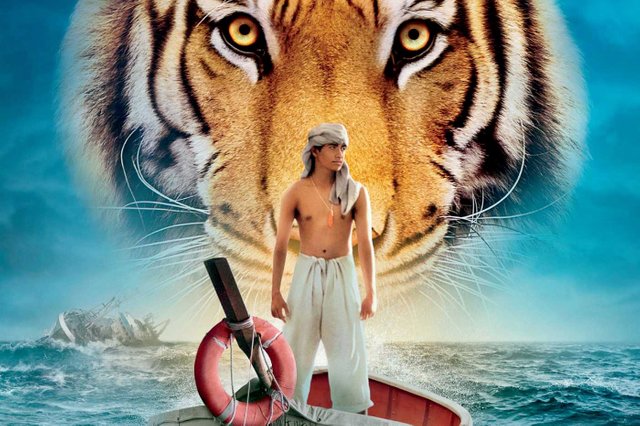
There are two specific views in this film: one is represented by the father, the rational supported by the scientific and the other part that is the mother by Faith, which cannot be explained or understood but simply believed. Pi looks for her own path before this alley, just like us.
I think there is a crucial scene in the movie and it is when Pi tries to feed her partner Richard Parker (Bengal Tiger). Both he and the animal are between several bars, as if these were instances that must be passed to get to the real, to the "truth"
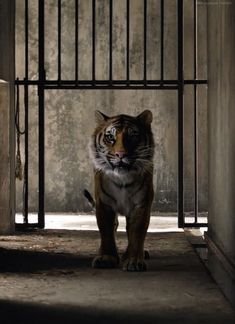
This is never resolved, it stays open like the end of the movie. Who is really locked in there? Maybe both are. Or perhaps we are all ... It is also in this scene where, in the face of death or the survival of life (however we want to see it), the looks of each of the characters and their way of interacting with the world are revealed.
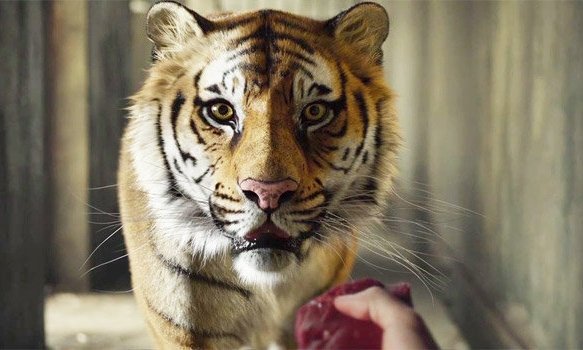
Ravi, Pi's brother, looks with distaste at the moment Parker eats the deer, the father has a firm look with his eyes fixed on the scene, understanding that what happens is part of nature, the mother prefers not to look at that reality that he considers cruel and Pi. Embracing her (supported by the "faith" that she represents) he looks with a certain distrust and a certain fear, but he looks.
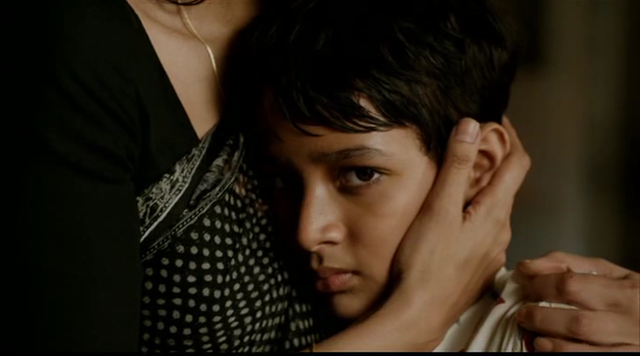
It is Pi where both positions intersect, without knowing which one will prevail or if one must inevitably do so over the other.
But I focus on us as spectators, on that writer who represents us, who is being told the story and who must choose which one to stay with. And when faced with this question, choose the story of the tiger, full of dreamlike images, with the sun-colored water, the friendly island by day and carnivorous by night. He prefers to stay with the coexistence between the human and animal species, the understanding beyond words, the sky that mixes with the water or the waves with the clouds. He prefers to stay with "god" (whatever god we are referring to). And yes, I would want the same ...
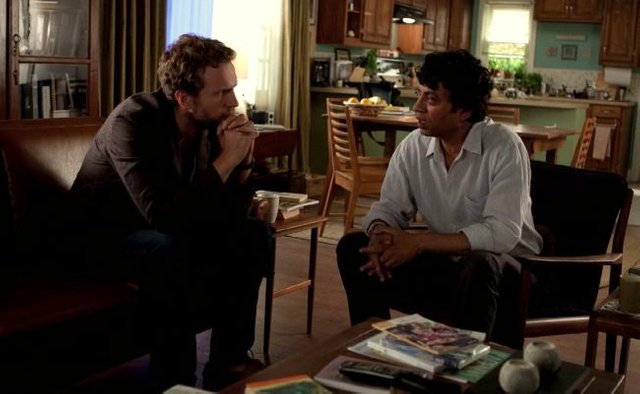
But my point of view believes that this film (and hence my interest in it) is basically a criticism of religions because it suggests that they are ornate ways of presenting death, that is, nothingness. We will never know the truth, of course, that's why one will have to put on their own "glasses" and look behind those glasses what we can see, that's what it's all about. The other macabre, human and even natural story is the one that reason accepts, but where the ornaments were submerged by the monstrosity of human misery and misfortune.
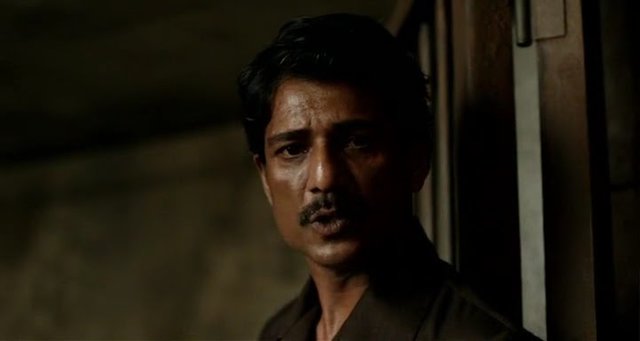
Let's not forget that Pi's father tells his son in one scene: "When you look at the tiger in his eyes, the only thing you see is your own reflected emotions, nothing more." The eyes of the tiger are for me the screen, all we see on it are our own reflected emotions, the whole film is, the whole film is us.